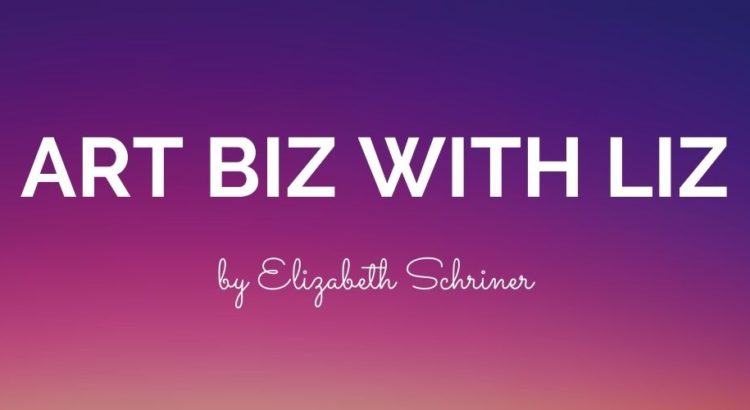Happy holidays and winter break, everyone! Hopefully the past week has been a restful one. Additionally, if you celebrate Christmas, I hope the day has been a safe and joyful one. For many, Christmas celebrations have looked a little different this year. Due to the pandemic, many are unable to see family members in person. Others have recently lost loved ones or their form of income. For some of us, it may seem strange to go through with joyous celebrations. For others, Christmas offers a sense of comfort during unprecedented times. As such, there are still numerous ways people have followed through with traditions and otherwise created a sense of normalcy surrounding the holidays. These traditions, along with other “Christmassy” things, owe a lot to the arts, as the arts are behind many of the ways we celebrate the holidays.
There are the simple, artsy things people participate in at home–decorating gingerbread houses and cookies, making handmade cards or ornaments, singing Christmas carols–but the different kinds of art we create, purchase, and enjoy during the holiday season is extensive. Film is arguably considered an art, and there is no shortage of festive Christmas-themed movies. Elaborate nativity scenes, wintery paintings, and Christmas lights are on full display. Small sculptures, wall art, and more are used to spread holiday cheer throughout homes, while decorative garland adorns small-town shops. The creativity and imagination behind visual arts are enough to evoke warm feelings and other emotions associated with the Christmas season.


The performing arts are also important to the holidays. Even if done virtually this year, watching a ballet such as The Nutcracker or a theatrical performance of A Christmas Carol is a staple tradition for some. Music, religious or otherwise, is undeniably another popular aspect of the holiday season (I dare you to turn on the radio and step into a store without hearing, “God Rest Ye Merry, Gentlemen” or Mariah Carey’s “All I Want For Christmas is You”). Our ideas of the Christmas holiday and thoughts about the arts are not mutually exclusive, and our consumption of the arts during the holiday season aligns with deeply entrenched traditions. With the pandemic, many people may heavily rely on these traditions when other aspects of our lives have been disrupted, and Christmas would not be the same without the arts.
With that, I wish you, “A Happy Christmas to all, and to all a good night!” (“A Visit from St. Nicholas”)











